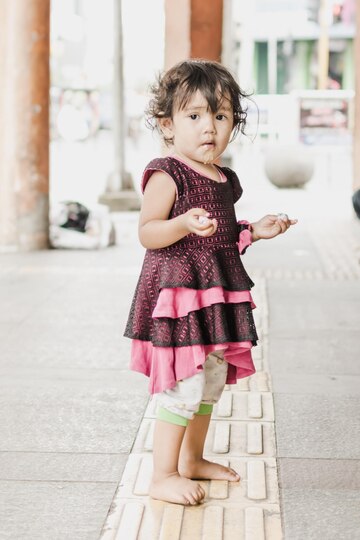
Introduction:
Toys are not just objects of amusement; they are powerful tools that facilitate a child’s development in various ways. At the age of three, children are at a crucial stage of cognitive, social, and emotional growth. Their curiosity is boundless, and their minds are like sponges, absorbing everything around them. In this blog, we delve into the significance of toys in the development of three-year-olds and explore how playtime lays the foundation for their future.
Cognitive Development:
At three years old, children are rapidly expanding their cognitive abilities. Toys play a pivotal role in stimulating their minds and fostering cognitive development. Simple puzzles, shape sorters, and building blocks encourage problem-solving skills and spatial awareness. These toys challenge children to think critically, plan, and execute their ideas, thereby enhancing their cognitive flexibility.
Language Skills:
Language development is another crucial aspect of a child’s growth at the age of three. Toys such as dolls, action figures, and playsets provide opportunities for imaginative play and role-playing scenarios. Through these activities, children explore different roles, engage in conversations, and expand their vocabulary. Moreover, toys with sound effects, music, and storytelling features can further enrich their language skills by exposing them to new words and concepts.
Fine and Gross Motor Skills:
Three-year-olds are refining their motor skills, both fine and gross. Toys that involve stacking, threading beads, or manipulating small objects help strengthen their hand-eye coordination and dexterity. Furthermore, ride-on toys, tricycles, and balls encourage physical activity, balance, and coordination, contributing to the development of gross motor skills. Engaging in active play also promotes overall health and well-being in young children.
Social and Emotional Growth:
Playing with toys is not just about individual development; it also fosters social interaction and emotional expression. Board games, pretend play sets, and collaborative building activities provide opportunities for children to engage with their peers, learn to take turns, negotiate, and solve conflicts. Through play, they develop empathy, learn to regulate their emotions, and build friendships, laying the groundwork for healthy social relationships in the future.
Creativity and Imagination:
Three-year-olds have vivid imaginations, and toys serve as catalysts for unleashing their creativity. From crayons and coloring books to dress-up costumes and art supplies, creative toys allow children to express themselves freely and explore their artistic abilities. Moreover, open-ended toys like blocks, play dough, and loose parts inspire limitless possibilities, encouraging children to think outside the box and invent their own worlds.
Conclusion:
Toys are not just playthings; they are indispensable tools for nurturing a child’s holistic development. At the age of three, when curiosity knows no bounds and learning is a natural instinct, the right toys can ignite a passion for exploration, discovery, and growth. By providing opportunities for cognitive stimulation, language development, motor skill refinement, social interaction, emotional expression, and creative exploration, toys play a vital role in shaping the trajectory of a child’s development. So, let’s embrace the power of play and provide our little ones with the tools they need to thrive and flourish in the world.
